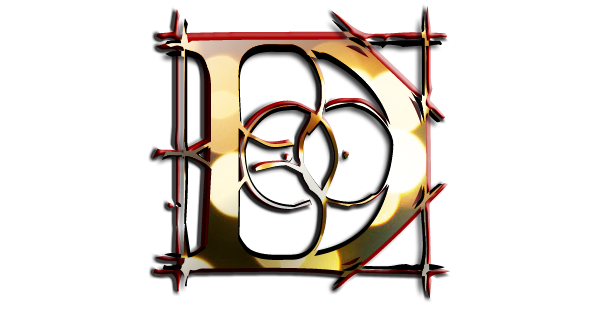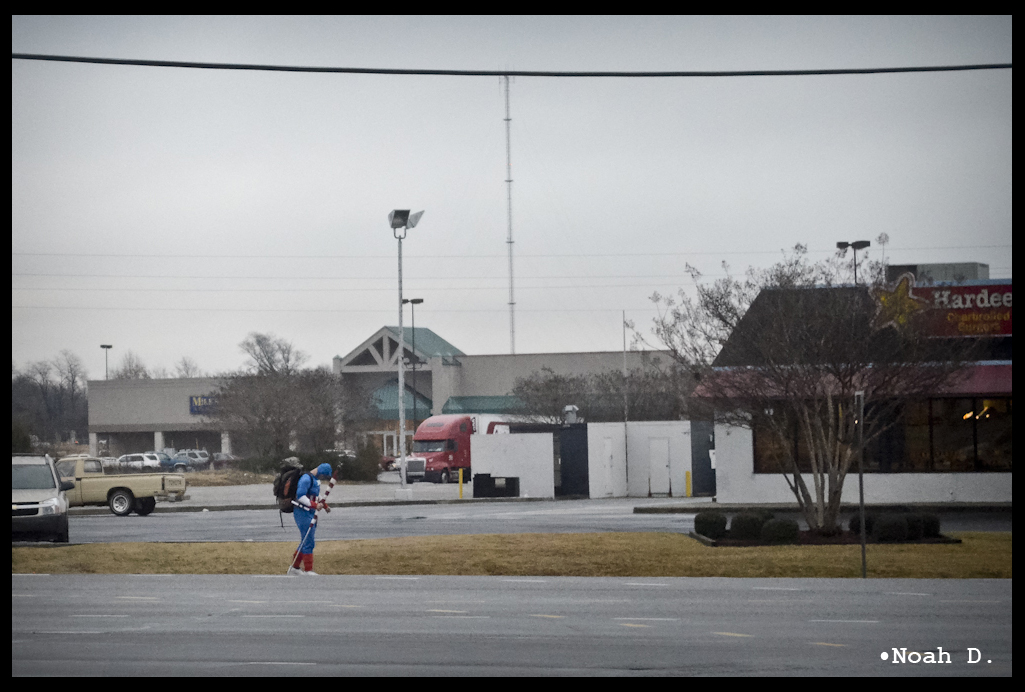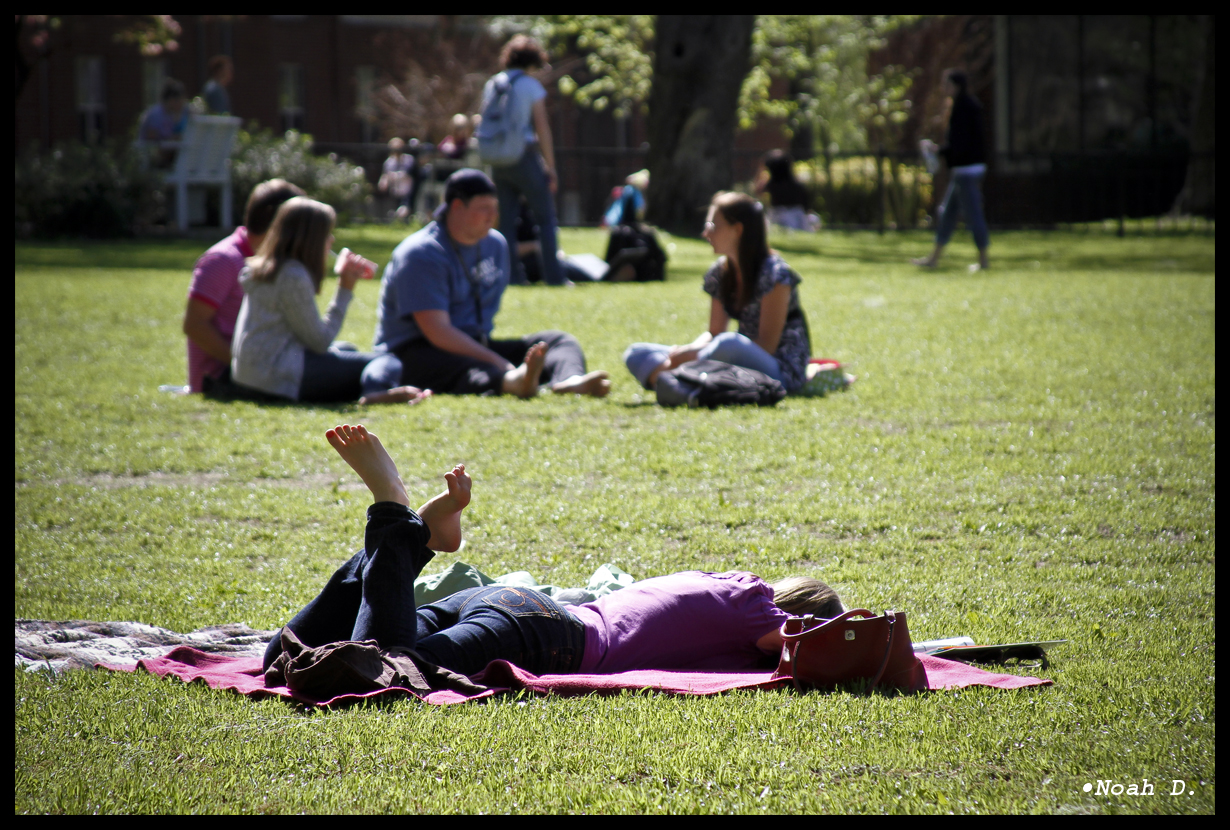No matter what they say, photographing certain things are never easy.
But photographing a friend going through a difficult time is pretty tough. And photographing a friend in the public eye going through a difficult time is just miserable. But, as a photojournalist, this is what I saw:
This past week, my university experienced somewhat of a scandal of sorts… which resulted in the resignation and withdrawal from school of our student body president. And for someone in the news industry, you make friends with the people in power. But even before he was the student body president, he was a friend of mine – going way back to my first semester at the university.
To make certain images, it truly takes some detachment. In all honesty, though, if you don’t feel for the guy, you’re not human.
Even so, ya gotta realize what you’re doing. You gotta realize why you’re there: you’re documenting the story. You’re making a record.
But at its most basic – and, in my mind, most importantly – you’re making images to share the truth of what happened.
And I think that’s the part that is most difficult. Its the part that carries the most impact.
You see, the image above and it tells the story: Through the scandal and the resulting aftermath, the student body president carried himself with integrity. He was transparent and honest and addressed the entire student body at 9am on Friday morning. But it must be crushing. And through it all, he has experienced a tremendous outpouring of support from so many people.
Some would ask me, “How do you make an image like that?”
In my mind, if our roles were reversed would I want the photo taken? No. Would I understand why it needed to be taken? Absolutely, yes. Anything less would be being dishonest.
It would be EASY to run the photo of him standing at the podium addressing the student body. But I say, so what!? If you only run the photo of him standing up there sternly reading his prepared speech, I say that is being dishonest. That is only about 10 percent of the story. And what sort of journalist would I be (or what sort of news agency that I work for) if we only reported, “Oh yeah, he resigned… and that was all.”
If you lose the human aspect, you lose the humanity. You lose the soul. You lose the connection to real life.
The story of life anywhere – of a city, of a state, of a nation, or of a university – must be told. Minimize harm, but remember your mission.
The story is bigger than you could ever hope to be.
And, as a photojournalist, this is what I saw.
For more, stay tuned…
-Noah D.





1 Comment
It’s an issue that comes up with every shooter. To do the job we have chosen, you have to be able to detach yourself from your own personal life. We must become ghosts, purely objective and emotionless as long as the camera is in our hands. Some say that makes us assholes, but they don’t understand the job we do or why we have to do it. They don’t understand how important it is to their own lives and freedom.
When I was in school, a guy had a serious seizure in the cafeteria and collapsed, hitting his head on the concrete floor. College EMTs came in to take care of him and the newsroom told me to go down there and shoot it. It was the first time I had to cover something like that, i.e. something where I was obviously going to be seen as the asshole for making photos while this guy was in trouble. The EMT gave me some crap, talking like I was some sort of jackal for shooting him in that state, but I turned it around and pointed out that I was “shooting HER *helping* him” and that smoothed things out a bit.
Your true friends will understand what you do and why it must be done, especially those who choose to put themselves in the public eye. When you do that, you should expect to be held accountable for your actions, and that includes dealing with the press when they report on you.
At any rate, you did a great job of reporting the story from an alternative angle. It’a good image that tells the story well.